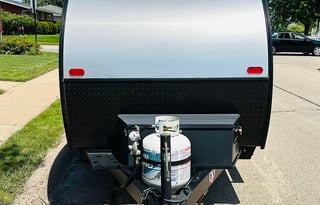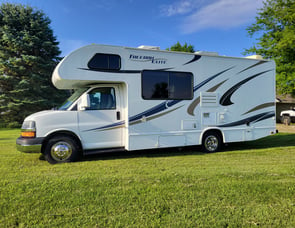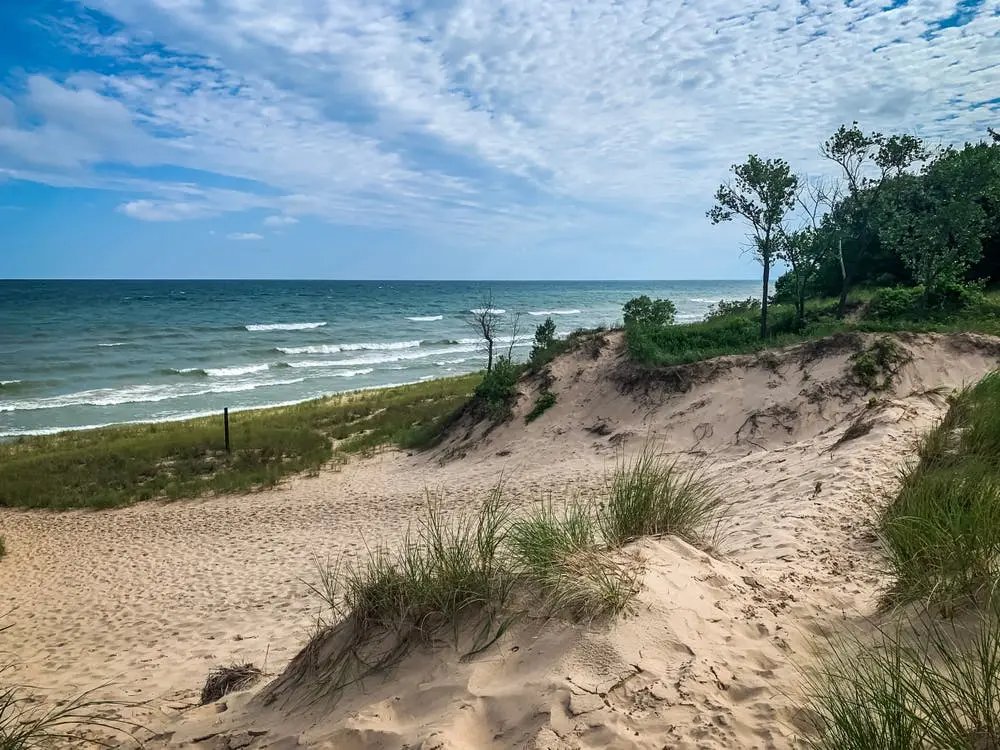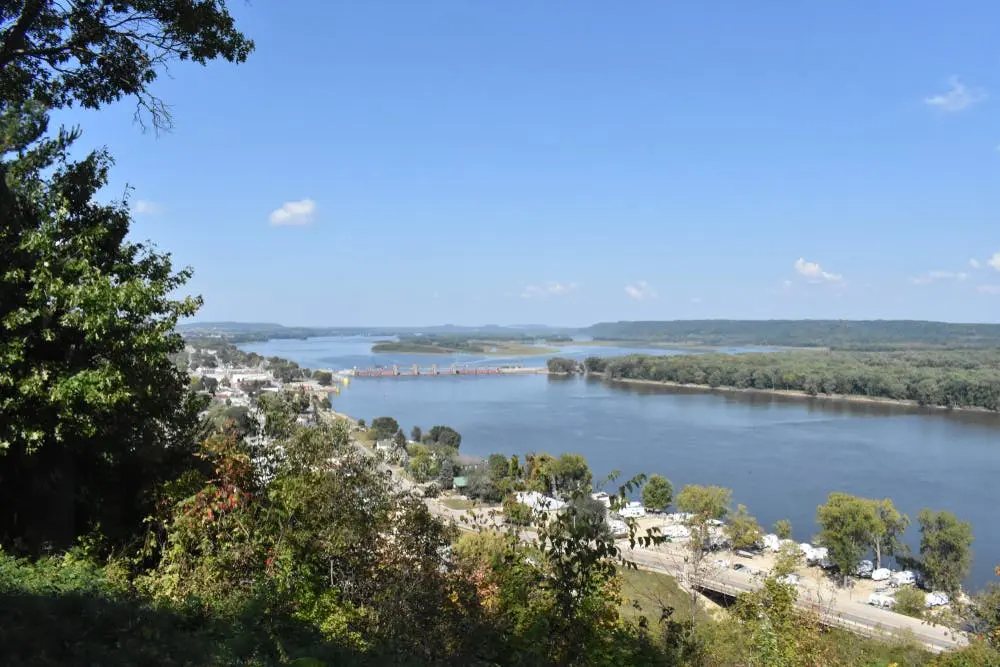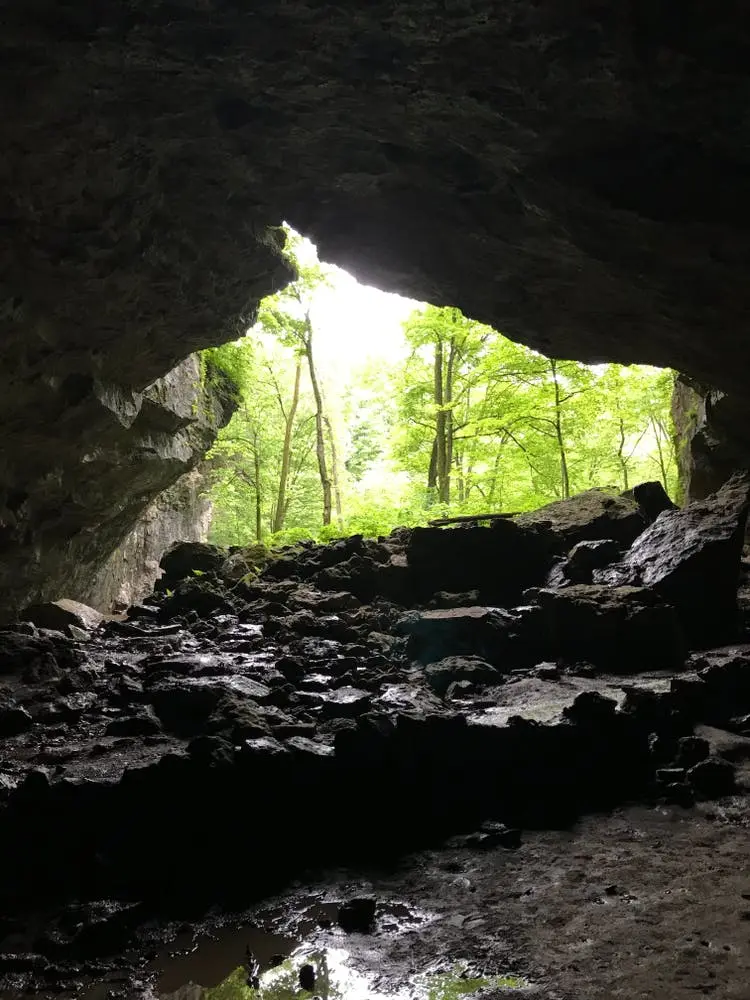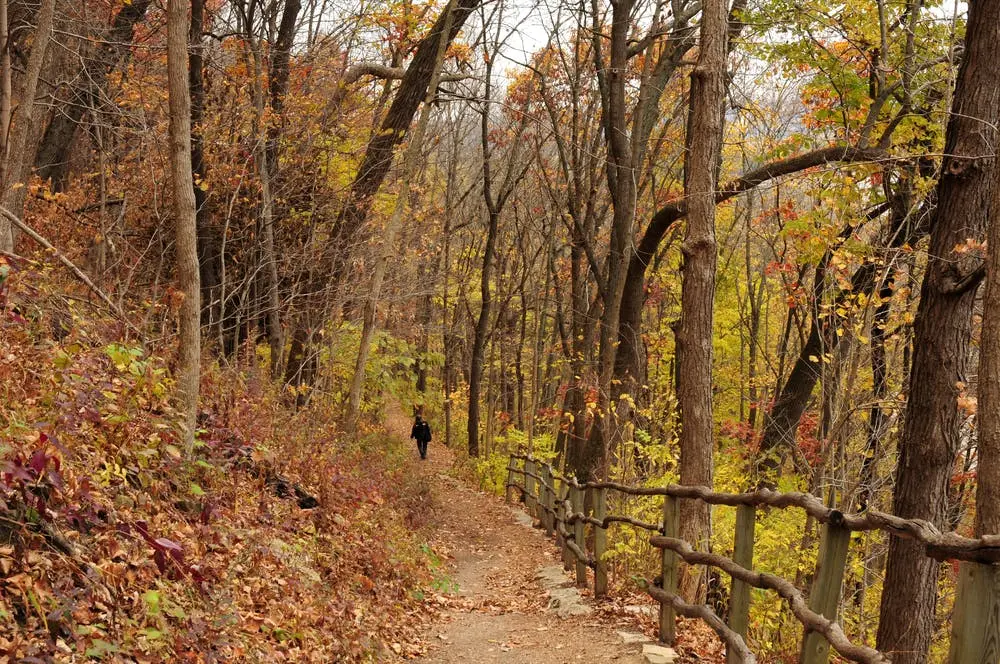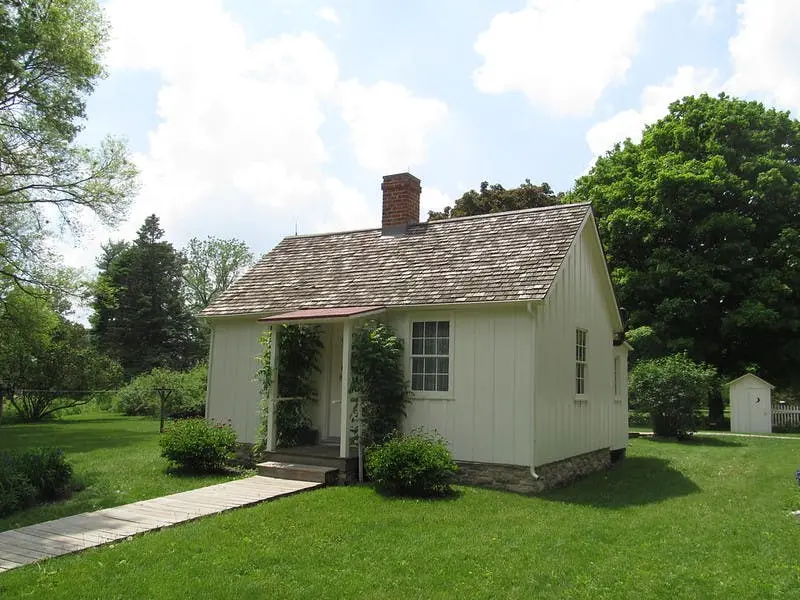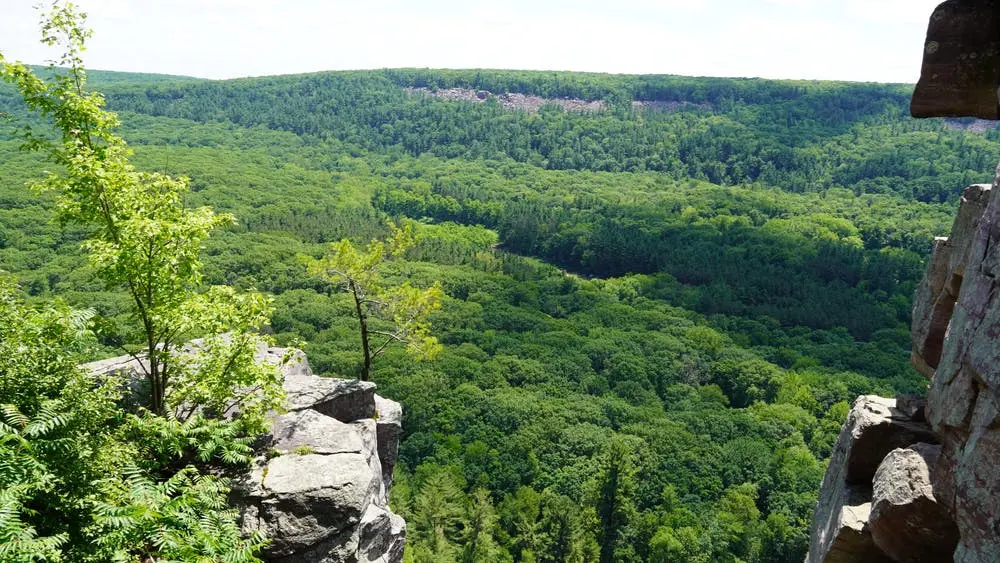RV Rental Dubuque, IA
RV Rentals Near Dubuque, IA
Top Motorhome RV Rentals
Budget Friendly RV Rentals in Dubuque, IA
Longer Term RV Rentals in Dubuque, IA
Top Camper Van RV Rentals
Pet Friendly RV Rentals in Dubuque, IA



Dubuque, Iowa — the Hawkeye State's oldest city — was one of the first European settlements west of the Mississippi. Before French-Canadian fur traders arrived in 1785, Mesquakie Native Americans called the area home. Julien Dubuque developed a good business relationship trading furs with the Mesquakie people and eventually went into the lead-mining business with them. In 1833, the Black Hawk Purchase Treaty made the area part of the United States, and the settlement that Dubuque and his Mesquakie friends developed became the city of Dubuque in 1837. Dubuque's location on the Mississippi River and the region's fertile land attracted settlers from eastern states. These new arrivals dubbed Dubuque the "Key City" because it opened the door to their dreams of a prosperous life. Lead mining and fur trading were soon joined by button making, logging, meat packing, and heavy industries, making the city a major manufacturing center. Today, Dubuque has a population of about 59,100. After experiencing industry closures and population loss in the 1980s and 90s, the community bounced back with its American River revitalization project. This project transformed underutilized land into a historical, environmental, and educational recreation area that celebrates the city and the Mississippi River. The Port of Dubuque includes the Mississippi Riverwalk, the National Mississippi River Museum and Aquarium, the Grand River Center, the Grand Harbor Resort, and the Star Brewery. Dubuque has a historic architectural district, history and art museums, an assortment of colleges, and miles of hiking and biking trails along the Mississippi. Dubuque is still referred to as the "Key City," but today, maybe it is the key to fun.
Campgrounds Near Dubuque, Iowa
Enjoy the beautiful wilderness scenery of the Mississippi River's bluffs at Mud Lake Park campground. This Dubuque County park is 6 miles north of town and has 16 tent and RV campsites with electric service. There are pull-through and back-in sites. Other amenities include restrooms, showers, a playground, a nearby marina with a boat ramp, picnic tables, fire rings, and a dump station. Mud Park's main activities are boating and fishing in Mud Lake and Mississippi river backwaters. Bird watchers will enjoy the Osprey Reintroduction tower. The Miller Riverview Park and Campground is on the edge of town and the Mississippi river. The pet-friendly park has pull-through RV campsites with electric hookups, picnic tables, and fire rings. There are three rentable pavilions for picnics. Enjoy a walk on a mile of walking and biking trails within the park, with access to other trails. There is water available and a dump station for your convenience. Nature lovers will be right at home in the Swiss Valley Park campground, located on 62 wooded acres with 20 back-in and pull-through campsites. Anglers can fish for trout in the spring-fed Catfish Creek. The park has shaded picnic areas, playgrounds, sports fields, restrooms, and an enclosed pavilion. Campsites include electricity, fire rings, picnic tables, water, showers, restrooms, and access to a dump station.
State Parks Near Dubuque, Iowa
Set on 500-foot-high bluffs overlooking the Mississippi River, the Nelson Dewey State Park near Cassville, Wisconsin features dense forests and rugged, rocky cliffs. Hiking and wildlife spotting are the main activities at the park, where you'll find five short trails of various difficulties. Three trails offer views of the river, two wind through the heavily wooded countryside, and one leads hikers near Indian burial mounds. In-season hunting and trapping are allowed in designated areas. Spelunker will enjoy a visit to Maquoketa Caves State Park near Maquoketa, IA. The 370-acre park features 13 limestone caves, including the 1100-foot Dancehall Cave. The caves are linked by 6 miles of rugged hiking trails. The visitor center, open on weekends, offers lectures on the geology and history of the caves. The park has an RV campground with 25 campsites, picnic areas, vault toilets, a shower, and a dump station. Bellevue State Park is a 770-acre wilderness area with hiking trails, a butterfly sanctuary, and a bluff that provides spectacular views of the Mississippi River. The park is divided into two units that offer different attractions. The Nelson Unit has three trails. One trail provides a scenic view of the river, one passes through a butterfly garden, and another leads hikers past a primitive lime kiln and to the Pulpit Rock overlook. The Dyas Unit has 4 miles of hiking trails with scenic overlooks of the river and a campground with over 40 RV-accessible sites, some with electric hookups. Water, showers, vault toilets, trash, and a dump station are available seasonally.
National Sites Near Dubuque, Iowa
The mounds preserved in Effigy Mound National Monument are sacred to Native Americans. Over 200 mounds dot the scenic Upper Mississippi River Valley near Harpers Ferry, IA. The people now known as the Effigy Moundbuilders constructed mounds as early as 550 A.D. in the shapes of birds, animals, or spirits. They also built special mounds for burial purposes. There are eight designated hiking trails in the monument, ranging from easy to moderate in difficulty. Learn about the 31st president of the United States at the Herbert Hoover National Historic Site near West Branch, Iowa. The site includes a visitor center, birthplace cottage, blacksmith shop, schoolhouse, and Quaker Friends meetinghouse. A visitor center, picnic area, and 2-mile nature trail make for a full day of enjoying history and nature. The West Branch Historic District is a short walk from the site. See the landscape left by glaciers that covered much of North America 15,000 years ago at the Ice Age National Scenic Trail in southern Wisconsin. The trail spans nearly 1,200 miles. It passes through several state parks and dozens of towns. Over 600 miles of trails are currently open to the public. Hiking, backpacking, and camping opportunities are available throughout the trail system.
National Forests Near Dubuque, Iowa
North of Dubuque is the Chequamegon-Nicolet National Forest in northern Wisconsin, which offers over 1.5 million acres of land to explore. This natural haven is known for lush forests and crystal-clear lakes, like Rainbow Lake and Whisker Lake, which was named for its "whiskery" pines. You can enjoy a range of activities there, from camping and fishing to berry picking and mountain biking. Visit the park's nature center in Park Falls to check out a variety of classes and programs as well as interactive exhibits that explore the forests' natural history. The Chippewa National Forest in northern Minnesota was established in 1908 as the first national forest east of the Mississippi. It boasts 1.6 million acres of land and over 3,000 archeological and historic sites. Boating and fishing are popular here on hundreds of miles of streams and over 1,300 lakes. Common catches include northern pike, walleye, muskellunge, bass, and trout. This forest is also one of the largest bald eagle breeding areas in the continental U.S. You can often spot these majestic birds soaring above the larger lakes. South of Dubuque, travelers will find the Mark Twain National Forest near Winnona, Missouri. The forest encompasses nearly 1.5 million acres of land and has over 750 miles of hiking, biking, equestrian, and OHV trails to enjoy. A portion of the historic Ozark Trail winds through the forest. Other activities include hunting, fishing, swimming, and tubing on over 350 miles of rivers and streams. The forest has 20 RV-accessible campgrounds. Each campground has different size limits and hookup availability.
Best National Parks Near Dubuque, IA
The Indian Dunes National Park is a 15,000-acre wilderness along 15 miles of Lake Michigan's south shore. The park offers 50 miles of trails that pass through sandy dunes, woodlands, and wetlands. The "Diana of the Dunes Dare" is the most intriguing trail. The dare challenges visitors to follow the footsteps of nature-advocate Alice Mabel Gray, who lived in the dunes area alone for over nine years in the early 1900s. The trail illustrates the abrupt contrast between nature and industrialization. Dunewood Campground has 53 RV and 66 tent campsites. Water, trash, and dump services are available on a seasonal basis. See the iconic buttes and pinnacles of South Dakota's badlands at Badlands National Park. The 370 square-mile park presents a stark, alien landscape that rises abruptly out of the Great Plains. Visitors can explore the geological formations and view wildlife on established trails or self-directed treks into the wilderness. Wildlife in the area includes bison, bighorn sheep, and prairie dogs. The park has two visitor centers and two established campgrounds. You can enjoy dispersed camping nearly anywhere in the park. One of America's newest national parks is the Gateway Arch National Park in St. Louis, Missouri. The arch rises 630 feet above the Mississippi River and commemorates St. Louis' role in America's 19th-century expansion into the west. Visit the museum at the visitor center, or ride to the top of the arch. The 91-acre park includes the historic Old Courthouse (site of the Dred Scott trial), Luther Ely Smith Square, and a spectacular garden. The park also arranges riverboat cruises on the Mississippi River during the summer.
Popular State Parks Near Dubuque, IA
Must-see Monuments and Landmarks Near Dubuque, IA
RVshare’s Top Picks for Nearby RV Parks & Campgrounds
RV Rentals Near Dubuque, IA
Frequently Asked Questions About Renting an RV Near Dubuque, IA
How much does it cost to rent an RV in Dubuque?Motorhomes are divided into Class A, B, and C vehicles. On average expect to pay $185 per night for Class A, $149 per night for Class B and $179 per night for Class C. Towable RVs include 5th Wheel, Travel Trailers, Popups, and Toy Hauler. On average, in Dubuque, IA, the 5th Wheel trailer starts at $70 per night. Pricing for the Travel Trailer begins at $60 per night, and the Popup Trailer starts at $65 per night.
Do you need to be a certain age to rent an RV in Dubuque?Yes. The minimum age is 25 to be eligible to get an RV Rental in Dubuque from RVshare.
Does RVshare have emergency roadside assistance?Yes. Every RV rental booked through RVshare receives 24/7 emergency roadside assistance.
Does RVshare offer one way RV rentals in Dubuque?Yes. Prior to renting any RV, check with the owner since not all will offer this particular option.


